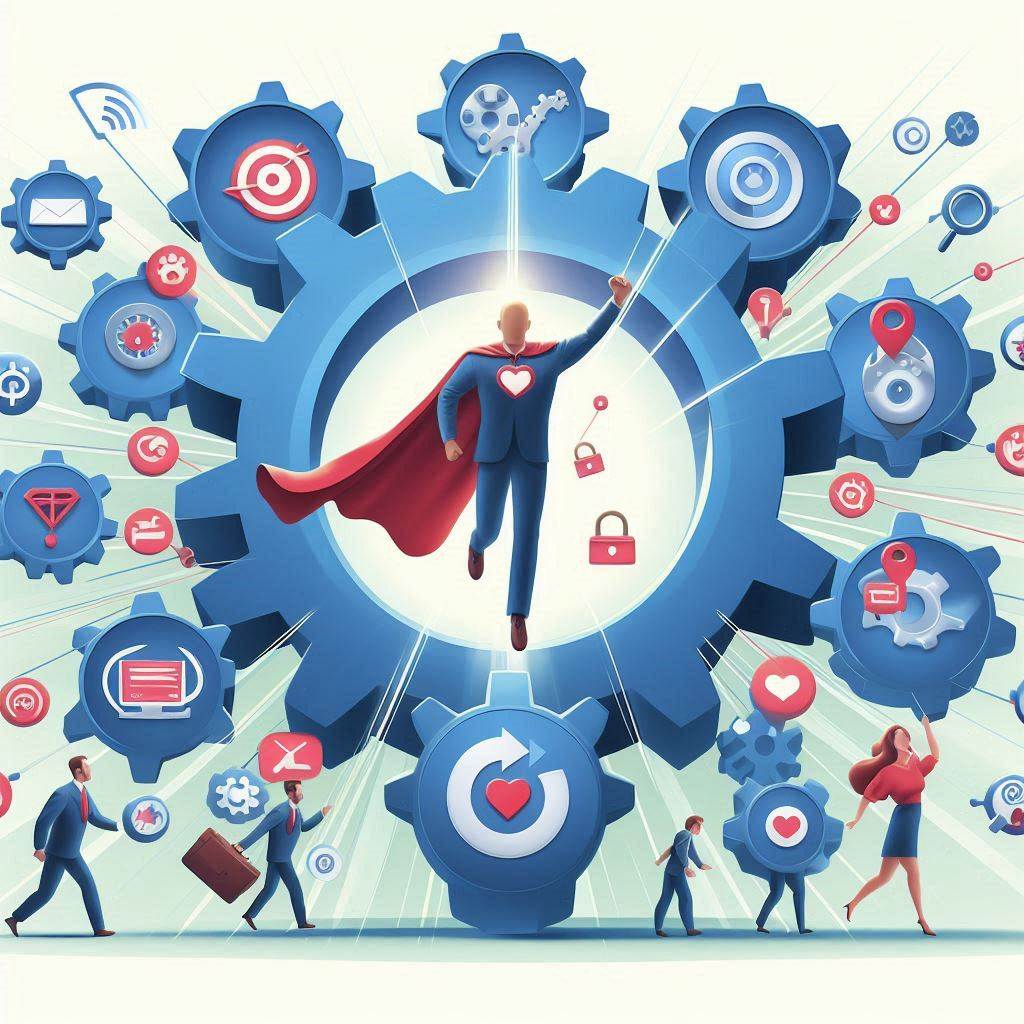- The Digital Campfire: Gathering Around Stories
Imagine social media as a digital campfire where people gather to share stories, emotions, and experiences. Social CRM tools help brands become the storyteller who keeps the audience captivated, sparking engagement through meaningful posts, comments, and real-time interactions. Just as warmth brings people closer, consistent and relevant content draws in the customer community.

2. Listening as a Radar: Catching Every Signal
Customer engagement begins with listening. Think of social CRM as a radar system — constantly scanning Facebook, Instagram, X (Twitter), and LinkedIn for customer signals. Every comment, like, share, or mention is a pulse that helps businesses understand customer needs, preferences, and moods.
3. Conversations as Bridges
Social platforms serve as bridges between customers and companies. When a customer comments, and the brand responds meaningfully, it’s like two people meeting halfway on a bridge. Social CRM ensures that these interactions are not lost in the noise, but are tracked, valued, and built upon.
4. A Digital Garden: Growing Relationships
Social CRM is like tending to a garden. Each reply, personalized message, or shared content is a seed. Regular watering — through timely responses, value-driven content, and community building — helps grow trust and loyalty. Engagement, like plants, takes time but rewards consistency.
5. The Spotlight Effect: Making Customers Feel Seen
Social CRM helps put the customer in the spotlight. When businesses share user-generated content, respond publicly to feedback, or highlight a loyal follower, it’s like handing them the mic on a stage.
6. A Mirror to Customer Sentiment
Social CRM platforms act as a mirror, reflecting customer sentiment back to the business. Through analytics and sentiment tracking, businesses can ‘see’ how customers feel about a product, campaign, or service in real-time — allowing for swift adjustments and improved communication.

7. The Digital Receptionist: Always Available
Just like a receptionist greets guests warmly, Social CRM acts as a 24/7 greeter. Automated bots, smart replies, and integrated chat systems on social platforms ensure that customer inquiries are not just seen, but acknowledged instantly — creating a welcoming brand experience.
8. The Pulse Checker: Staying Updated
Engagement is dynamic. From viral memes to trending hashtags, it helps businesses stay culturally relevant and participate in conversations that matter — keeping the brand alive in the digital consciousness.
9. The Relationship Compass: Navigating Loyalty
Social CRM helps brands navigate the complex map of customer loyalty. With detailed interaction histories, feedback data, and campaign performance, businesses can steer their relationship strategy toward long-term value rather than one-time transactions.
10. The Symphony Conductor: Orchestrating Engagement
Think of customer engagement as a symphony — multiple instruments (likes, DMs, comments, reviews) playing together. Social CRM is the conductor that ensures all these channels are harmonized. It allows marketing, support, and sales teams to play their parts cohesively, offering a seamless and engaging experience.
Turning Clicks into Connections
Social CRM is not just about managing data — it’s about building emotional bridges with customers. By listening, responding, and engaging meaningfully across social platforms, businesses don’t just sell — they connect. With the right strategy, every social touchpoint becomes an opportunity to turn a passive follower into a passionate brand advocate.
In today’s digital marketplace, customer engagement through Social CRM is no longer optional — it’s the heartbeat of successful brand relationships.


